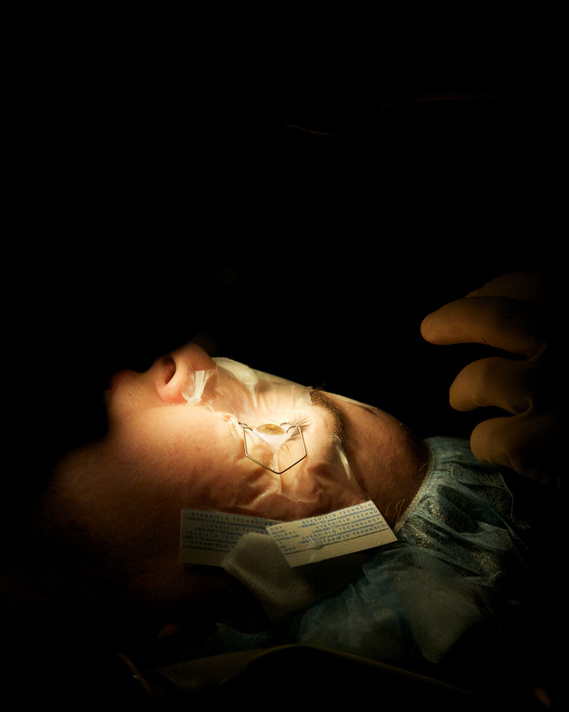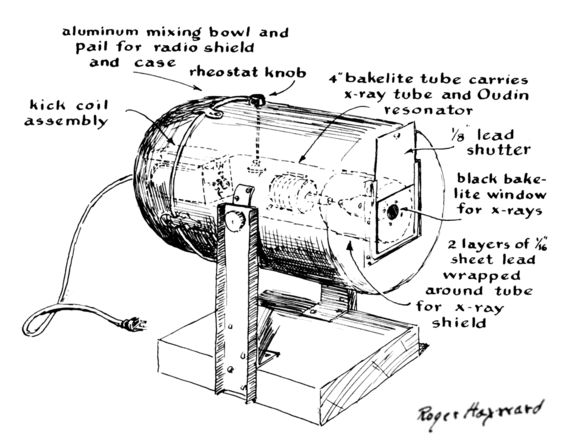Recently I learned that horseshoe crab blood is blue, not red, due to their use of hemocyanin in place of hemoglobin to transport oxygen (copper vs iron). It turns out I should have investigated further, because their blood is more than just different, it's actually useful.
Their blood also contains amebocytes, which are similar in function to white blood cells, but differ in their response to pathogens: in the presence of endotoxin, the blood clots vigorously. Endotoxin is a toxic bacterial component that sticks around after all the pathogens in a solution have been sterilized. It causes a fever, and it's pretty hard to detect. Rabbits were injected to test batches of drugs, since they react to endotoxin similarly to humans, and if they got sick, that lot was rejected.
But horseshoe crab blood can help, and we don't have to get them sick as part of testing! The link I got most of my information from starts reading like a brochure at this point, but the gist is that every year a whole lot of horseshoe crabs get collected, 30% of their blood is drawn, and they're returned to the wild, and they are generally not harmed in any way unless collection goes badly. Back in the water, blood volume rebounds in about a week, and cell count returns back to normal in about 3 months.
The blood isn't used as-is in the lab these days, it's processed into limulus amebocyte lysate, reconstituted with water, part is tested against control samples, and the rest used to test injectable drugs and related medical things that you don't want getting you sick.

